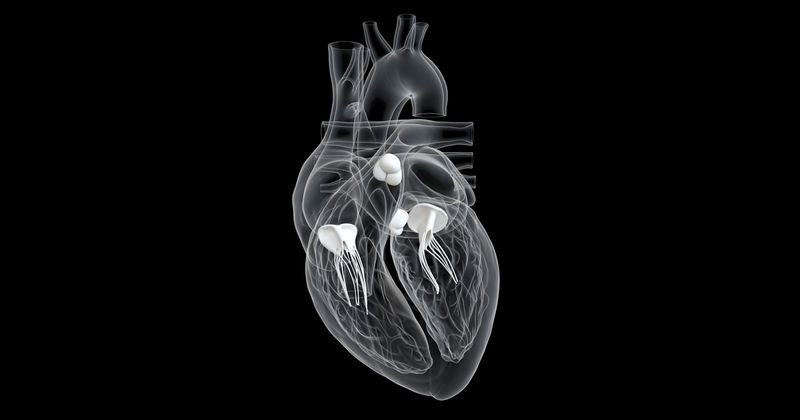Novel self-expanding TAVR valve successfully implanted in small study
Researchers in China reported successful transcatheter aortic valve replacements using a novel repositionable and retrievable self-expanding valve in 10 patients with severe symptomatic aortic stenosis.
The findings were published in EuroIntervention.

Source: Adobe Stock
“Over the past decades, various transcatheter devices have been invented and tested for safety and efficacy,” Qingrong Liu, PhD, of the department of cardiology at Fuwai Hospital and the National Center for Cardiovascular Disease at the Chinese Academy of Medical Science and Peking Union Medical College in Beijing, and colleagues wrote. “This manuscript aims to report a novel device and initial experience with the SinoCrown system (Lepu Medical Technology [Beijing] Co., Ltd).”
The novel TAVR system has several unique features:
- It is made of a self-expanding nitinol stent with three valve leaflets of bovine pericardial tissue.
- It has a short stent that may reduce risk for coronary obstruction.
- The prebend design is intended to increase flexibility and controllability during propulsion; for transfemoral delivery, delivery catheters are available in 18F, 19F and 21F.
- A 27F delivery catheter is included for transapical delivery.
- The device is 100% retrievable and repositionable. It is suitable for both transfemoral and transapical pathways.
- It has an inner and an outer skirt design, which is intended to reduce perivalvular leakage.
In this first trial of the system in China, Liu and colleagues enrolled 10 patients with severe symptomatic aortic stenosis identified using transthoracic echocardiography and multislice CT (median age, 78 years; 50% men).
Procedural success was 100% (80% transfemoral; 20% transapical).
The primary endpoint of immediate postoperative device success rate was achieved in 90% of participants.
At 30 days, there were no deaths, disabling strokes, MIs, conversions to surgery or major procedure-related complications, according to the study.
One patient required a new pacemaker implantation for a third-degree atrioventricular transmission and complete left bundle branch block.
TAVR using the novel system reduced mean valve gradient from 60.5 mm Hg to 8 mm Hg (P < .001) and increased the effective orifice area from 0.6 cm2 to 2 cm2 at 30 days (P < .001).
Researchers observed trace paravalvular leak in two patients; however, all patients were in NYHA class I to II at mean follow-up of 1 month and no other 30-day adverse events were reported.
“[TAVR] has become a mainstay in treatment for patients with severe aortic stenosis, and for both high- and low-risk surgical patients,” the researchers wrote. “Device success was achieved in all patients, and all bioprostheses were implanted accurately.”
